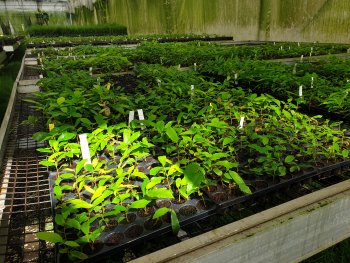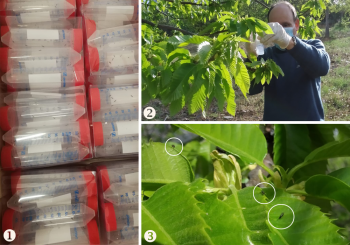Chestnut flower nectar: an essential ingredient of honey produced in the Montesinho Natural Park
Chestnut orchards are one of the most profitable crops in the Montesinho Natural Park (PNM) area, with chestnuts representing a large share of many families' income. Besides the fruit, other products make it a multifunctional culture, among them, honey. This and other beekeeping derived goods represent a way to value the existing flora and to promote a territory with reduced harmful human impact (e.g. pollution). This product is probably what best characterizes this natural park, revealing the intricacies of this region on its flavour.






